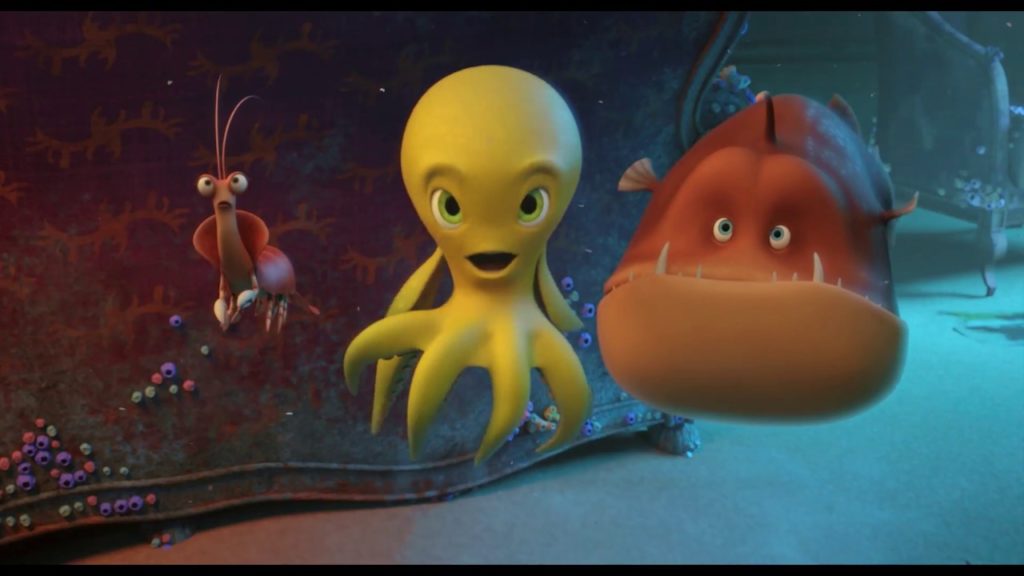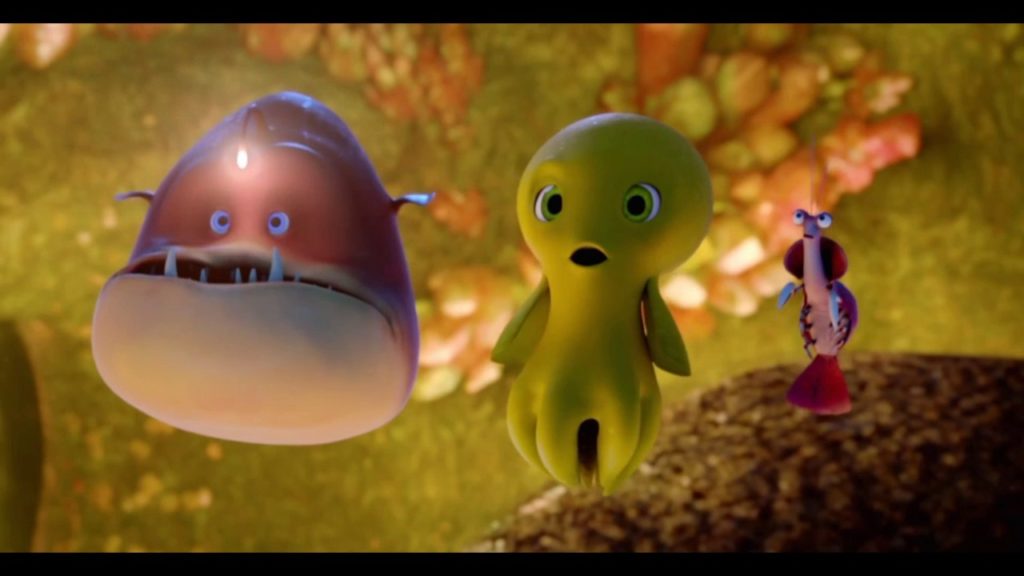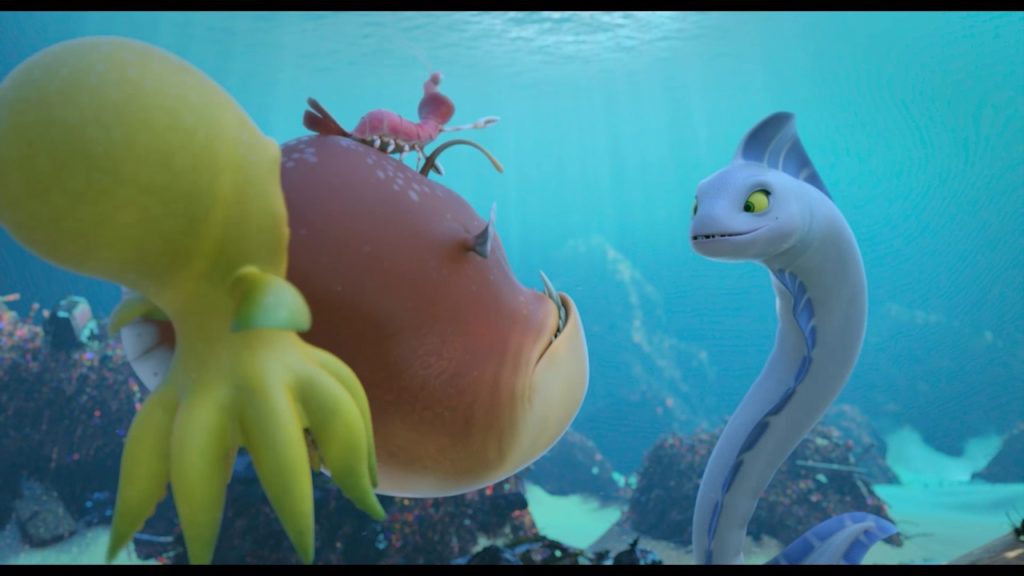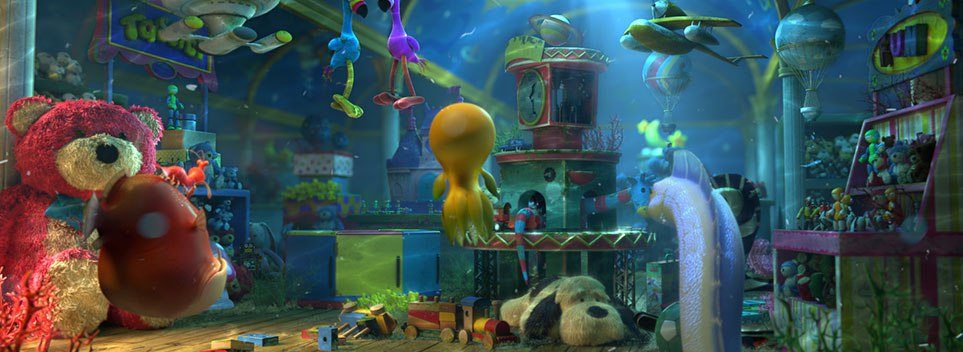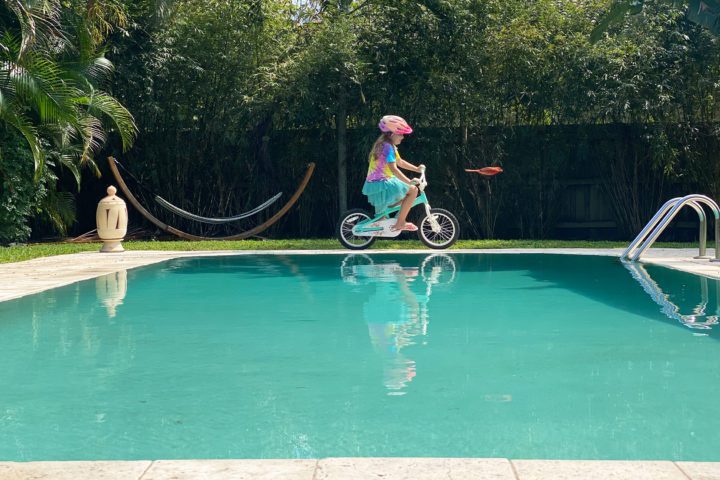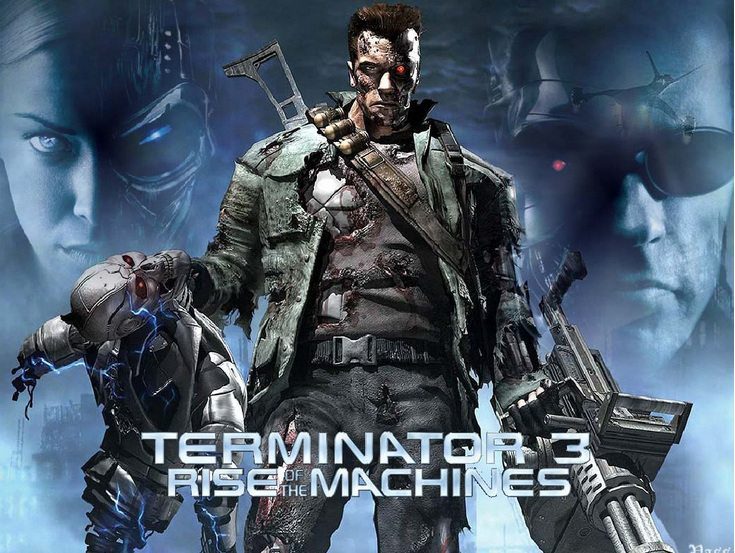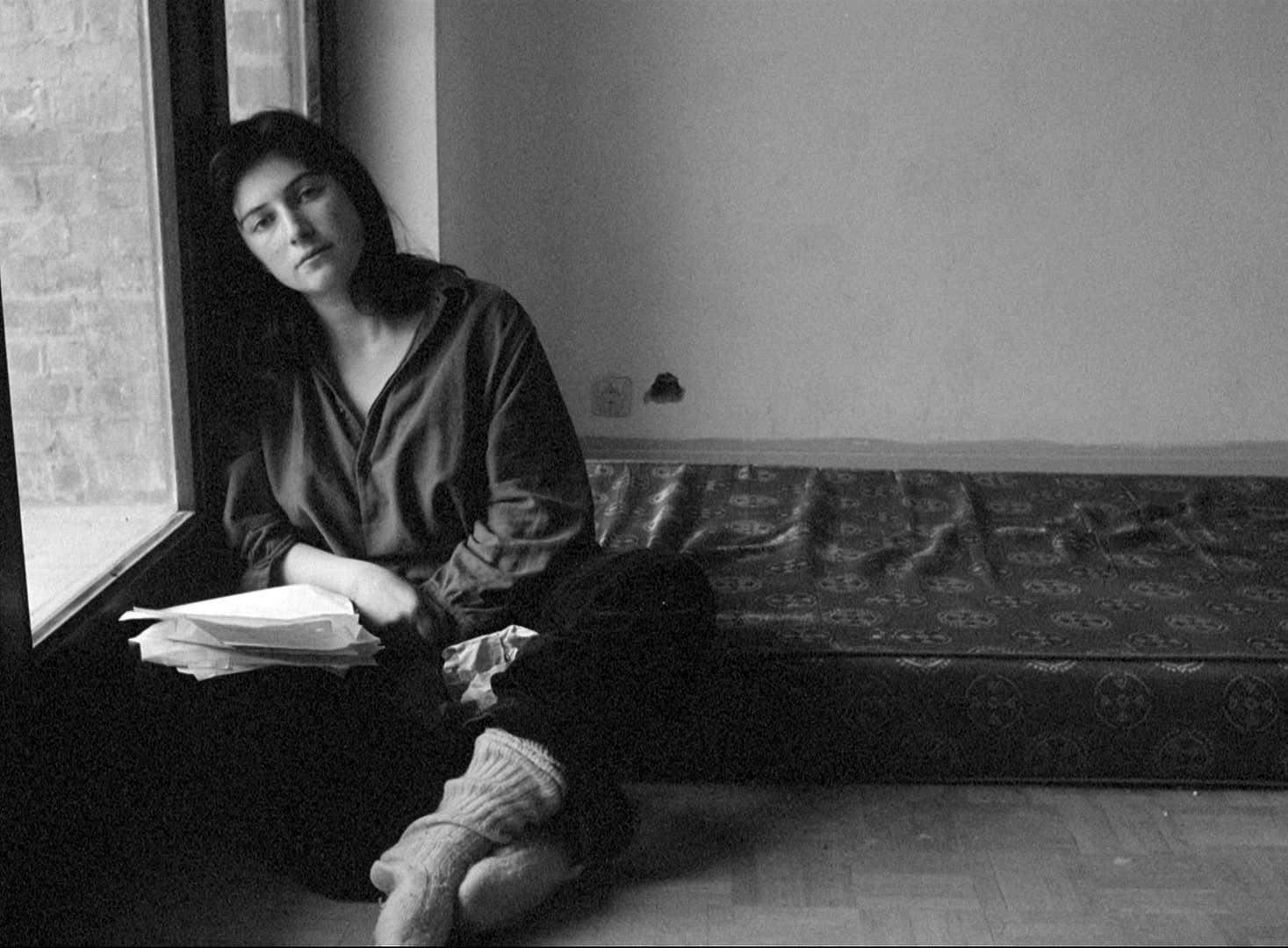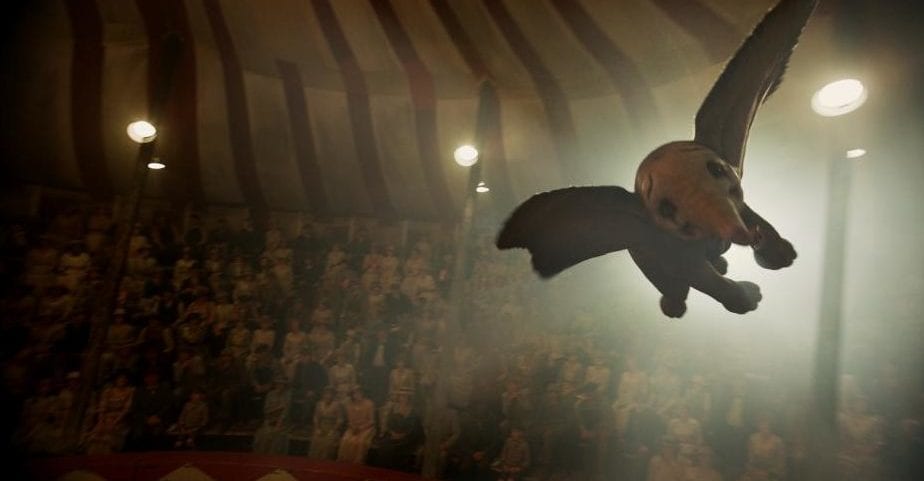 In Julio Soto Gurpide’s animated film Deep, a giant dumbo octopus of the same name is the ocean’s last great hope. After the accidental loss of their home, in a world devoid of humans thanks to their mass exodus from Earth, Deep (Justin Felbinger, Miles from Tomorrowland, Nut Job 2) and his friends must go on an oceanic roadtrip to find a way to save their colony. With vocals by actors like Dwight Schultz, Bob Bergen, Jess Harnell, and Anna Vocino, Lionsgate’s animation brings a diverse world to life that shares a world of possibilities hidden under the sea. To hear more from the director himself.
In Julio Soto Gurpide’s animated film Deep, a giant dumbo octopus of the same name is the ocean’s last great hope. After the accidental loss of their home, in a world devoid of humans thanks to their mass exodus from Earth, Deep (Justin Felbinger, Miles from Tomorrowland, Nut Job 2) and his friends must go on an oceanic roadtrip to find a way to save their colony. With vocals by actors like Dwight Schultz, Bob Bergen, Jess Harnell, and Anna Vocino, Lionsgate’s animation brings a diverse world to life that shares a world of possibilities hidden under the sea. To hear more from the director himself.
FeaturesFilmReviews
Tell us a bit about yourself. You are not solely an animator so how did you get into the film animation business? What do you specifically like about guiding animated films?
I had been a fine arts painter and video artist for a number of years before I moved to New York in 1998. There I learned the craft of CG and Filmmaking thanks to a Masters degree in Film and Digital Arts at Pratt Institute in Brooklyn. I started working as an art director for music videos and advertising in NY where I learned a lot about CGI and a large amount of technical skills that would be very valuable later on. I also learned how to tell full stories in twenty seconds or less!
I also started making my own films and documentaries as a means to create an impact in society, voicing concerns about the environment, society and politics. But I always yearned for a bigger audience and that is when I thought that an animated feature could be the perfect vehicle for that: you could reach huge audiences while sending relevant messages to society, particularly to the newer generations. Directing an animated film is great in the sense that the traditional ?ego? of the director gets diluted by working together with a huge number of people. In the case of Deep, up to two hundred professionals all offering their own voice and talent to improve the picture. Directing all these different voices towards a common goal is great and a very challenging experience.
The film is reasonably lighthearted but there’s some “Wall-e” to it, too. What issues are you raising by talking about humanity jettisoning Earth?
With our film Deep, we wanted to communicate a message to young and old, but particularly to the smaller audiences: if the ocean dies, the planet dies. The point we are making here is: there is a cave deep below at the sea floor that contains a seed of hope for the planet. Ironically, it is also the most insignificant and strangest creatures that actually become the heroes.
We never really talk about the back story: why is the Earth flooded? Why has humanity disappeared? Obviously climate change and our voracity as a species come to mind, but we rather leave these questions open so that kids can hopefully ask their parents why this has happened. I suggest parents start reading about climate change because their kids are going to ask them a lot of questions after they watch Deep!
The film has 3D components. What is different about creating the story in 2D versus 3D when it’s animated?
The biggest difference is during the layout phase, when you decide what cameras to use and where to place the key elements in the scene. It then becomes crucial to conceive the scenes in a real three dimensional space so that you can use the 3D to enhance the storytelling and have a bigger impact on the audience.
How important is the cast assembly process to making the characters come across correctly matching animation and the vocal cast?
For the most part we actually used the final voices to animate the characters and we used the best voices in the industry right now, guys that have made the voices for most of the best animated films out there, from Pixar to Dreamworks, etc. So, that really helps bringing the characters to life and it is crucial, because the animators get a lot of inspiration working with great voices. It is during the voice recording that a lot of the nuances and idiosyncrasies of the characters actually take form. So you could actually say that the actors actually shape the animated characters and literally bring them to life.
What’s your favorite scene from the film, and why?
One of my favorite scenes is the musical scene on the Brooklyn Bridge. The city of New York is now underwater and our heroes have to cross the bridge as part of their mission. But the bridge is now guarded by a bunch of dangerous looking crabs led by a Yeti Crab (a real species that are fully covered with hair) called Rico. The heroes are challenged to dance, very much in the spirit of West side Story, and what starts as a dangerous looking duel, ends in a colorful choreography of thousands of crabs dancing around Rico and one of our main characters, tiny, insignificant Alice, who finally saves the day and becomes appreciated by all present thanks to her wit and her dancing skills.
The scene represents the whole film, it is a moment when the characters close their arch and become meaningful, and also where a bleak, dangerous situation turns into something really colorful, imaginative and fun. It is this contrast that we were after in the whole film.
Deep highlights that it takes everyone working together, with their particular skills, to make the community work. Why is that so important today?
I believe we live in what the Greeks called the Atomization of society, where everyone is just looking out for themselves and community bonds are breaking. You could blame technology, the loss of moral values or whatever, but the true fact is we are deprived of meaningful ties to others and we tend to live in a society whose interactions happen via digital social networks. With Deep we are trying to inculcate the importance that a group of people working together is a lot more than just the sum of its parts.
What’s your next project and what’s exciting about that?
We are currently developing a slate of animated features including a twisted comedy with lots of furry creatures called “Evolution” and “Inspector Sun?, a film noir set in the 1920s in a world of insects. They both deal with what I consider important topics but with lots of humor and very, very entertaining. They are also extremely original which is a bit of a rarity these days among film prequels and sequels.

